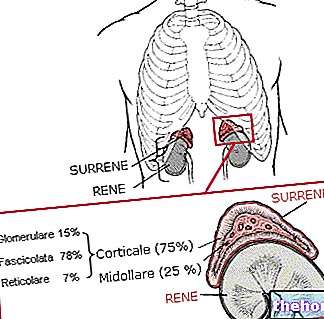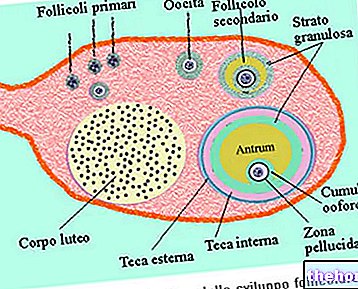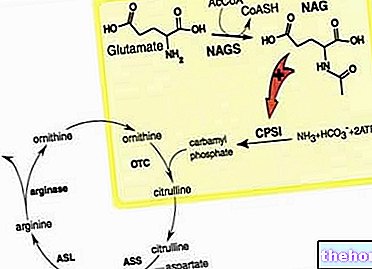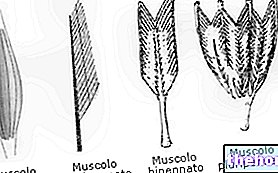" first part
Physiology
The sensory neurons of the neuromuscular spindle are sensitive to stretching.
Already in conditions of rest, their intermediate portion is sufficiently stretched to induce them to send nerve impulses, which they entrust to the sensitive fibers. In the spinal cord these fibers contract synapses directly with the alpha motor neurons responsible for innervating the same muscle from which they started. Thanks to this basal activity, the resting muscle always maintains a certain degree of tension, defined as "muscle tone". .

During the movements, the spindle lengthens and shortens together with the muscle. Consequently, any gesture that leads to a lengthening of the muscle fibers will also affect the spindles in the same way, causing an increase in the frequency of the outgoing impulses. These signals are immediately reprocessed in the spinal cord, causing the muscle to reflex contraction and protecting it from damage caused by its excessive stretching. The extent of this reflex muscle contraction is all the more intense the greater the frequency of the nerve impulses (in turn directly proportional to the degree of stretching picked up by the sensory fibers of the neuromuscular spindle).
Simultaneously with the activation of the alpha motor neurons, the inhibitory sensory fibers activate the inhibitory interneurons responsible for the temporary "silencing" of the alpha motor neurons that innervate the antagonist muscles, preventing their contraction.
All this happens with an involuntary mechanism, called the stretch reflex or myotatic reflex [da myo = muscle e tasis = stretching].
The role of gamma motor neurons now remains to be explained. Their task is to adjust the sensitivity of the neuromuscular spindles according to the degree of stretch, so that they remain active even when the muscle is shortened. All this is made possible by the so-called alpha-gamma co-activation, that is, by the simultaneous contraction of the fusal and intrafusal fibers. Since the latter are innervated at both muscle ends, their contraction leads to an elongation of the central region which keeps the sensory terminations stretched.
While the muscle, innervated by the alpha motor neuron, is shortened by reducing the tension on the spindle capsule, the simultaneous activation of the intrafusal fibers, guaranteed by the gamma co-activation, keeps the neuromuscular spindle active. In this way the sensitivity of the receptor can remain constant at each level of contraction, ensuring greater fluidity of movements and a faster muscle response in case of need.
A further study on the activity of neuromuscular spindles imposes the classification of nuclei sack fibers into two subclasses, that of static pouch fibers and that of dynamic pouch fibers. The latter, innervated by type Ia sensory fibers, receive mainly abrupt and rapid changes in speed, thanks also to a "motor innervation consisting of particularly fast gamma fibers (richly myelinated, called dynamic gamma fibers).
While the fibers just described are ideal for quickly reading changes in muscle length, static pouch fibers provide more precise information on the duration and extent of the tension change (they are innervated by static gamma II fibers). discharge of the secondary fibers, the CNS receives information on the "extent of" muscle lengthening and, through the primary ones, on the speed of lengthening.
Finally, it should be noted that the activity of the neuromuscular spindles is influenced by multiple extrafusal factors, such as temperature (heat reduces their activity, producing relaxation, while cold increases rigidity) and the degree of fatigue (l " efficacy of the myotatic reflex decreases when the athlete is tired, predisposing him to the risk of muscle injury).









.jpg)


















